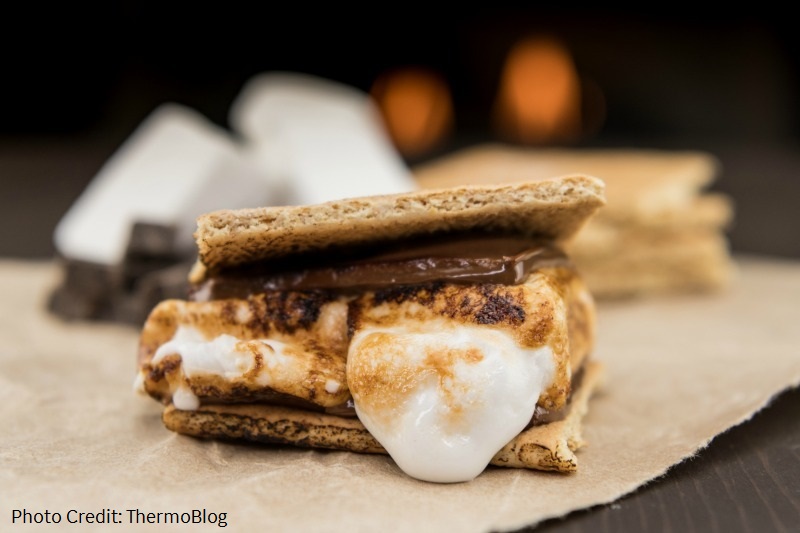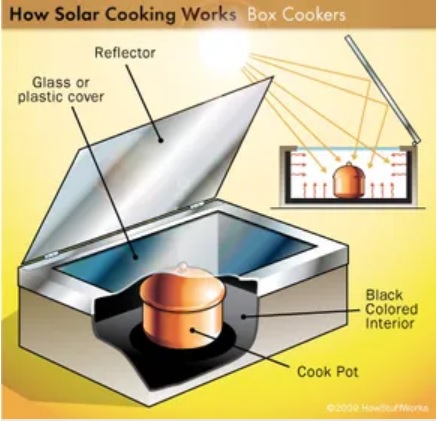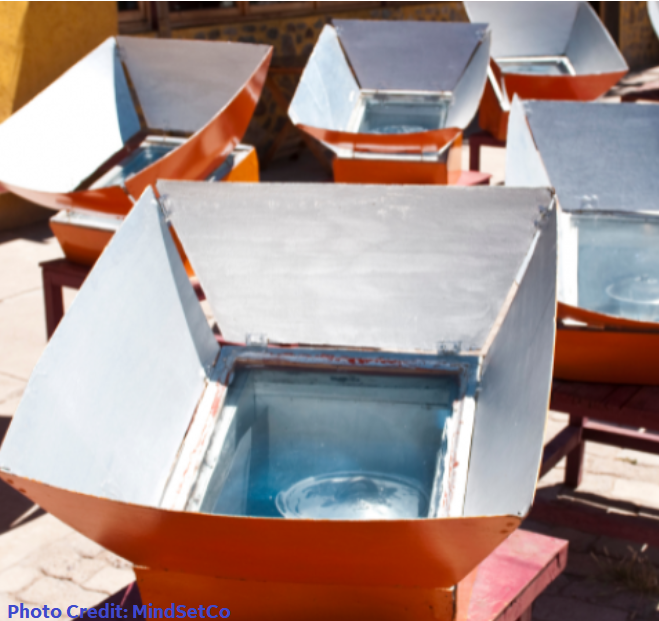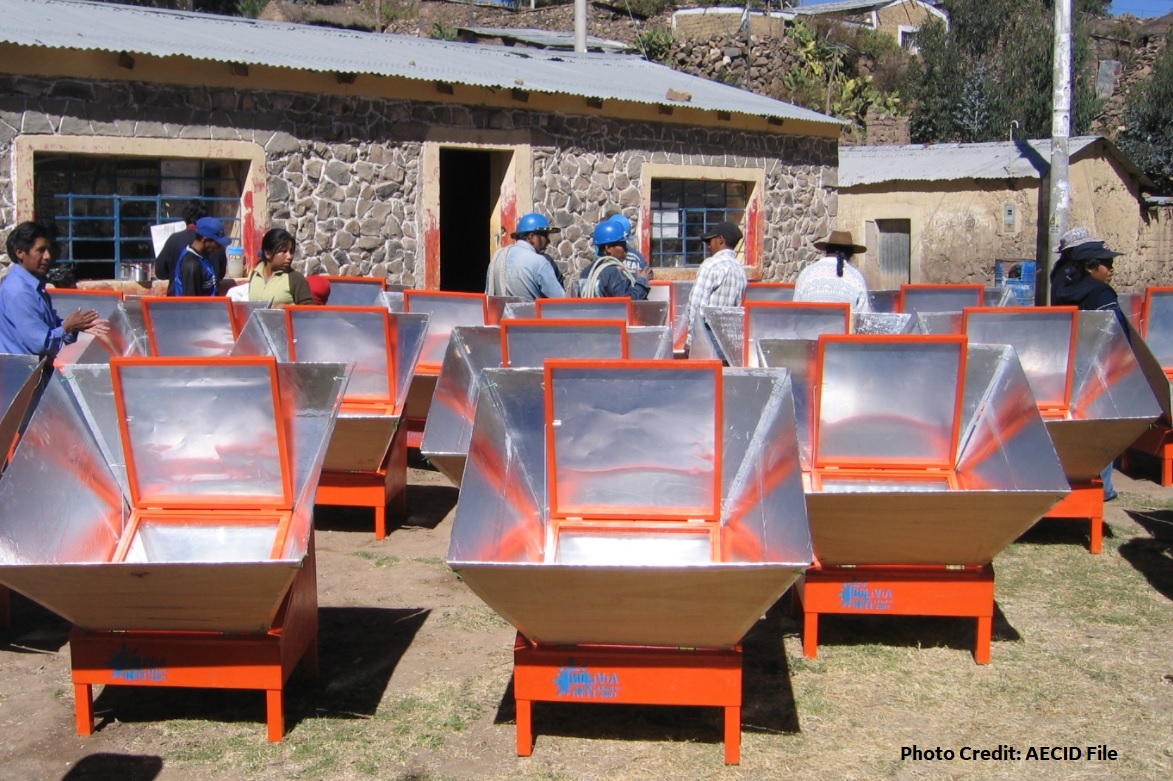
Sunny-side up
Build It!

| Ages | Cost | Time |
|---|---|---|
| 11+ | Low | Full day |
Who doesn’t love a scrumptious cooked breakfast? Whether its bacon and eggs, porridge or oats, freshly baked roti, or steamed noodles, breakfast is the most important meal of the day. The problem is there isn’t always a stove or oven close by. But this is a problem an engineer can solve! So put on your thinking caps and let's get engineering.
Design and build a way to make the perfect cooked breakfast without using fire, gas, or electricity. When you have perfected your amazing breakfast cooking machine, share your design with the world at #nextengineersdiy.
You can design and build on your own or form a design team with some friends. The choice is yours whether you want to share your breakfast or not!
Engineers start by asking lots of questions. What problem must be solved? Who has the problem? What do we want to accomplish? What are the project requirements? What are the limitations? What is the goal? Through this process, engineers start to identify the criteria (the conditions the solution must satisfy to be considered successful) and the constraints (the limitations they need to design within). Here are some initial questions you might like to ask yourself.
Engineers dig deep into the problem by collecting information and data about the problem and any existing solutions that might be adaptable. They talk to people from many different backgrounds and specialties to assist with this research.
Now the fun really starts! Engineers start to brainstorm ideas and develop as many solutions as possible, sometimes even crazy ones! This is the time for wild ideas and delayed judgment. It is important to build on the ideas of others while staying focused on the core problem and keeping the criteria and constraints in mind. For example, if there is a budget, can the potential solution be developed within that budget?
Engineers choose one or more of the most promising solutions to prototype. A prototype is a model that works well enough to test part or all of the solution. The idea with prototypes is to build quickly and cheaply so that the costs of changing your mind or your design are not too high. Use prototypes to learn as much as you can about what works as quickly and as cheaply as you can.
Most prototypes fail, but that is good. It tells engineers which ideas they should focus on. Engineers also need to decide if the design really does solve the original problem.
The proof of the pudding is in the eating – literally in this case! You are eventually going to need to put your design to the test. Think about how you are going to test. What aspects are you going to test? What data will you collect? How will you analyze this data?
Remember, there is no shame in failing. All the best engineers fail ALL THE TIME. It’s what they do when they fail that makes them great: they learn and improve!
After learning through testing, engineers redesign and retest until they have the best solution possible – one that balances the criteria and constraints.
Remember that failure is not the end – its only the beginning. Think about how you can improve your design. Maybe go back to the drawing board if necessary and choose another of your original designs to try.
The most important thing is that you keep testing, learning, and improving. After all, the world’s most perfectly cooked breakfast is at stake!
Finally, engineers reach a point where they are satisfied with their solution. It does not need to be perfect, but it should ‘satisfice’ - meet the criteria within the constraints. Engineers now communicate their solution to others.
You can share your design however you like – a video, pictures, a blog – and on any platform you like. Just remember to tag #nextengineersdiy.
You can use any materials you like so long as you do not spend more than US$15 (or its equivalent). Remember to get the permission and/or supervision of an adult before you use any tools or equipment.
Here are some materials and equipment that you might find useful.
Here are some resources you might find helpful to get you started.

Harness the energy of the sun to make the best snack ever invented, S’mores!

Even with something as simple as a s’more, the temperature really does matter.

A solar cooker can do almost anything a stove or an oven can do, only it uses a natural, nonpolluting, free, abundant energy source.

Check out a few existing solar ovens to explore the best ways to build your own.

Learn more about how people build real solar ovens and how they're being used in the real world.
If you need more of a challenge, here are some ideas to take your design to next level.